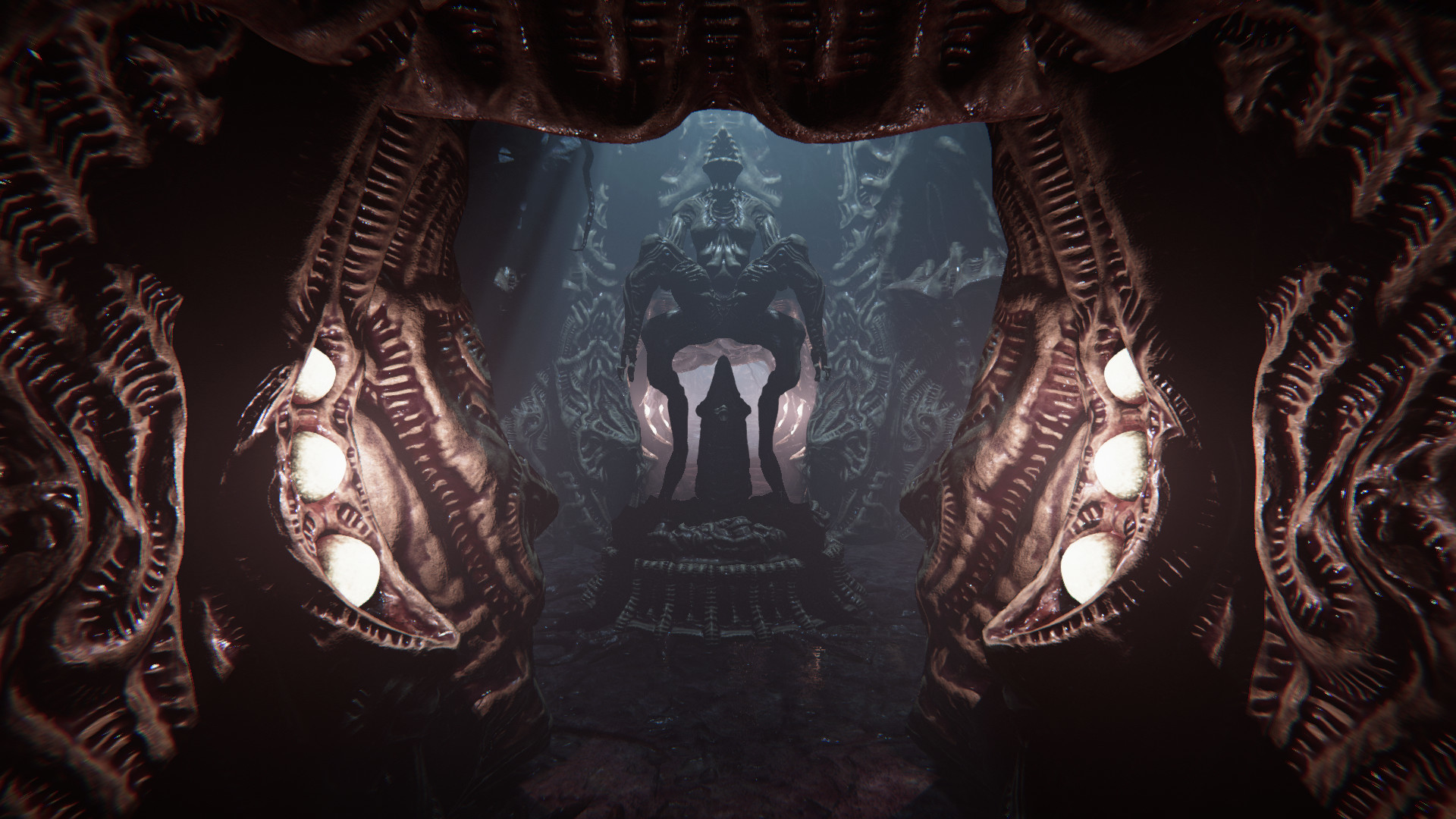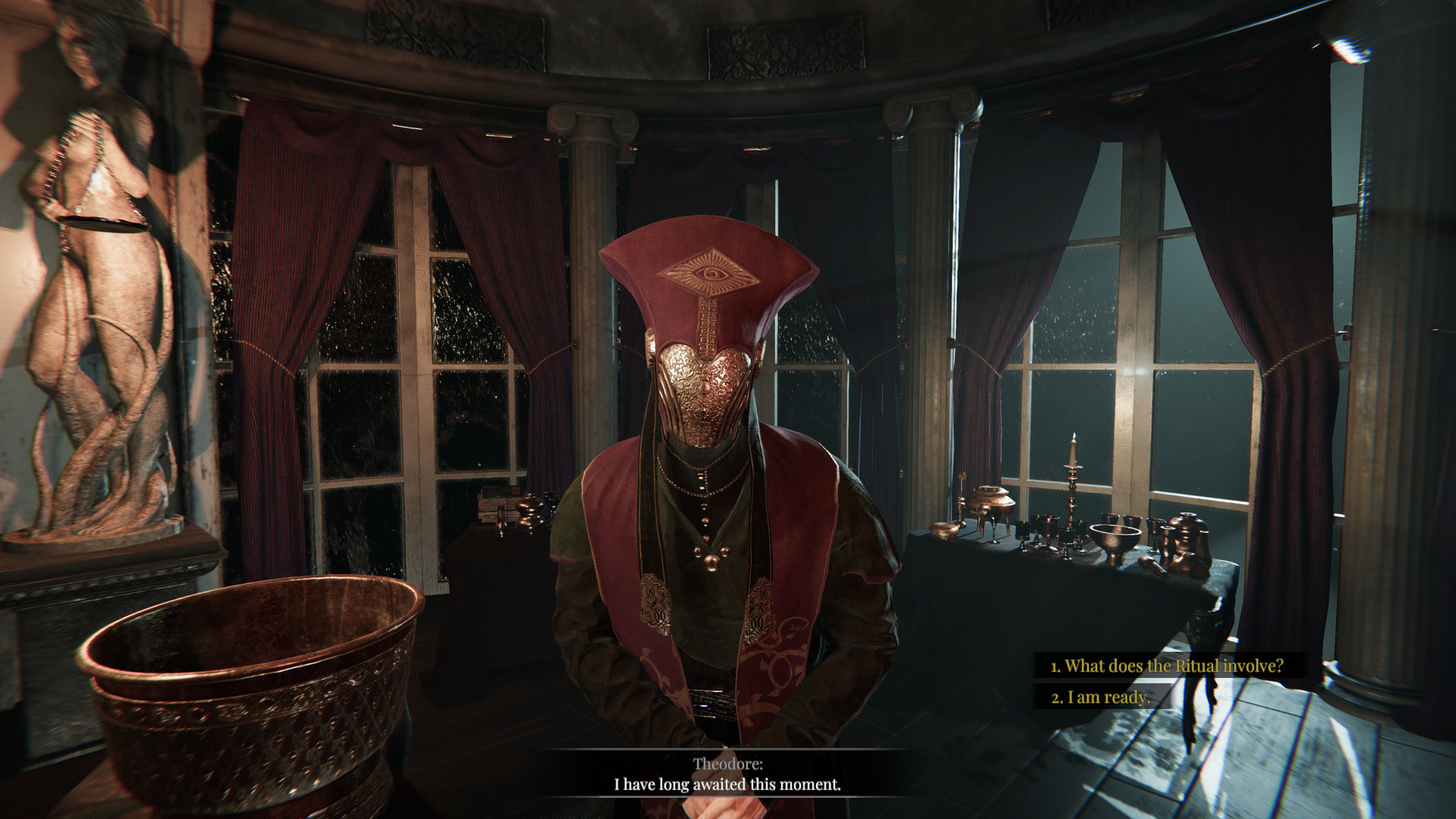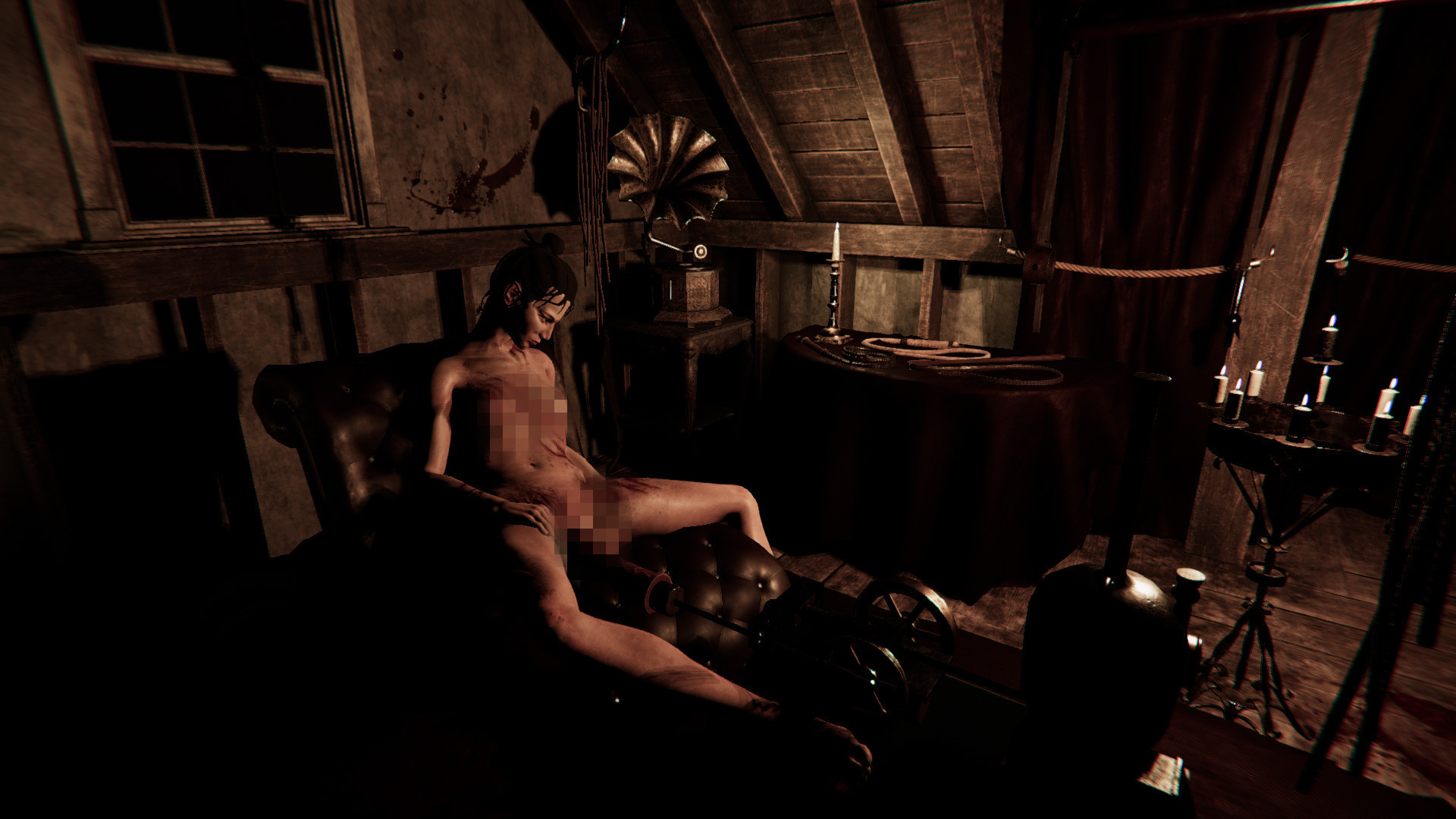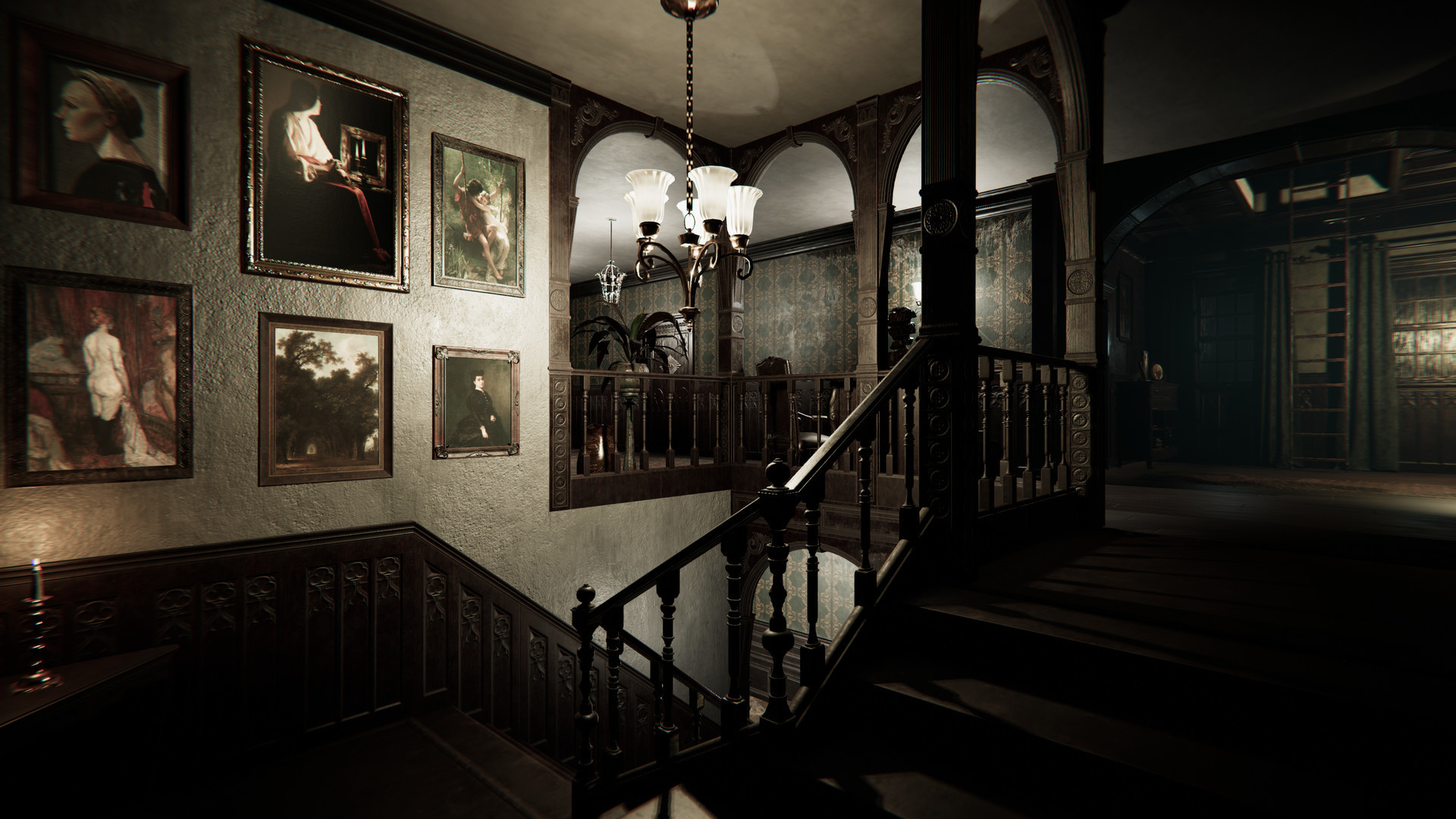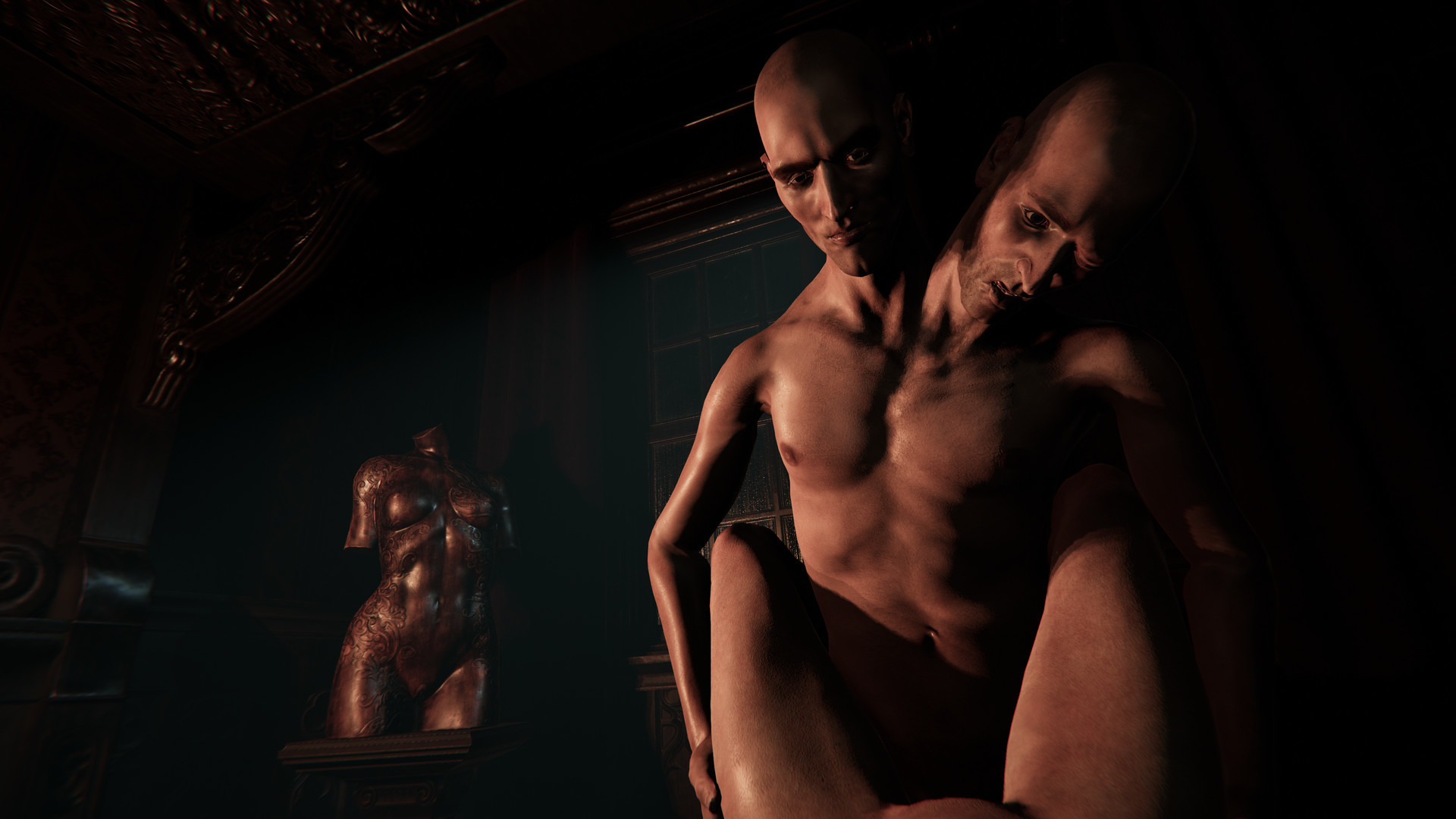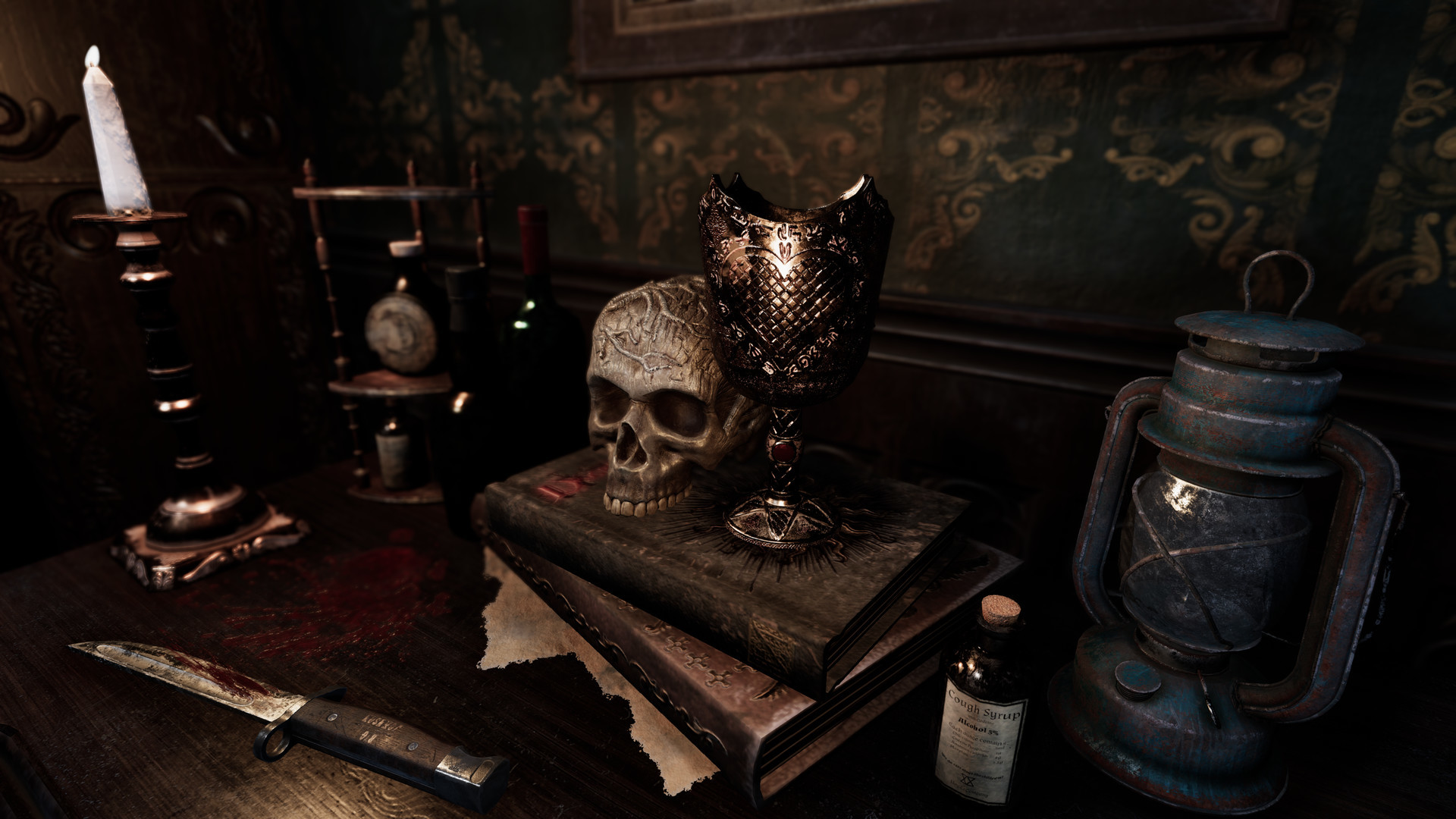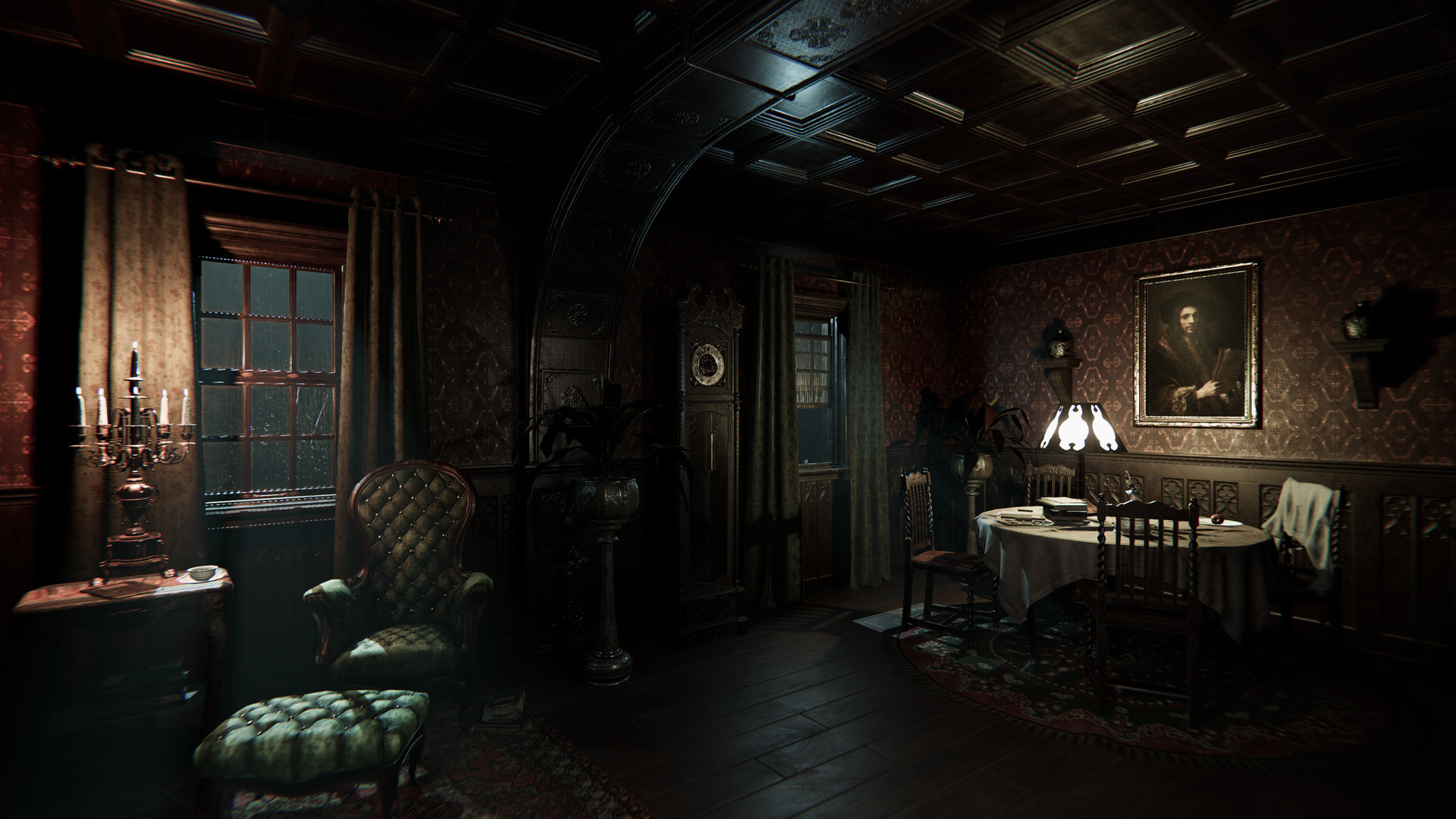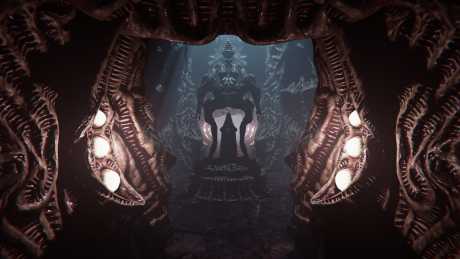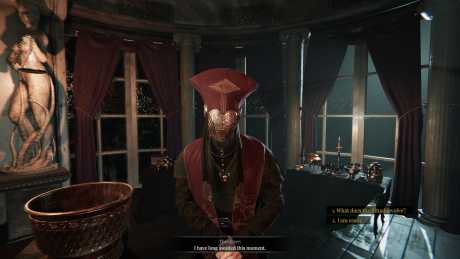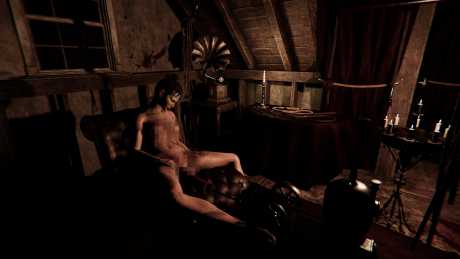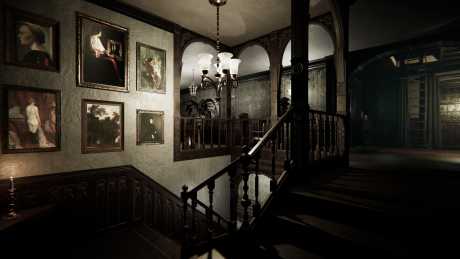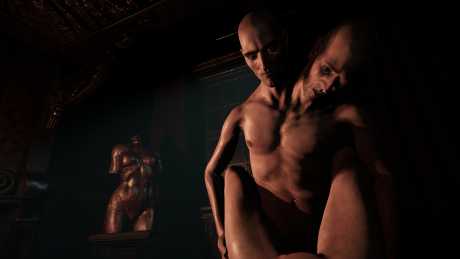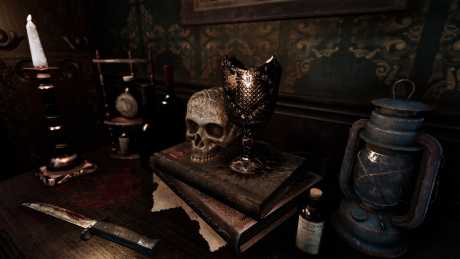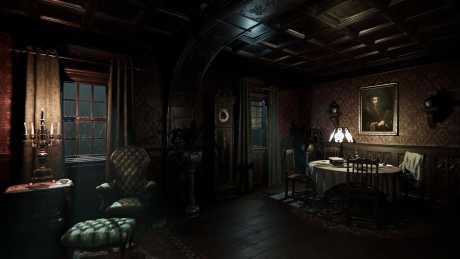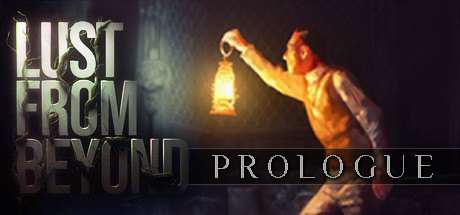Zitat:
Content Warning: This game contains sex and nudity, extreme and sexual violence, references to BDSM props, machinery, and play. In addition, as a disclaimer, this review may contain spoilers.
Lust from Beyond: Prologue is a free psychological horror game with erotic and occult elements. This game takes place within the same universe as Lust for Darkness, but it remains somewhat unclear where exactly Lust for Darkness falls in this Lovecraftian trilogy, given that an official sequel to Lust from Beyond: Prologue has been announced titled Lust from Beyond. In any event, Lust for Beyond: Prologue contains over 2-hours’ worth of playthrough, immersive world-building, an otherworldly atmosphere, and frightening encounters with creatures from Lusst’ghaa, a plane beyond ecstasy and pain. It also boasts incredible art design, high-quality visuals, and a dark adventure where you explore the limits of your carnal passions.
It draws heavy inspiration not only from H.P. Lovecraft, but from H.R. Giger, and Zdzisław Beksiński. Lovecraft’s influence is the most apparent. Here, we have a cult worshipping an otherworldly erotic deity. However, by opening a portal to try and communicate with it, they attract incomprehensible beings that seek to kill the humans through an intersection of suffering and pleasure. For instance, there is a huge abomination whose body are just huge [v]ulva. As it sucks in its victims, they experience a slow and painful death intertwined with the pleasure that brings being rubbed against the abomination’s labia and presumable clitoris. A more prescient example, perhaps, is the final moments of the player-character Christopher. You have sex with what appears to be a human only to be killed during your climax by a faceless, amorphous creature whose abdomen opens up to reveal a dozen hands that slash you to death.
Giger’s influence is more subtle. Best known for airbrush images of humans and machines linked together in a cold biomechanical relationship, we see his influence in odd items, statutes, in the Victorian-age mansion’s paintings, and in bizarre contraptions of Lusst’ghaa. For instance, in Lusst’ghaa there is a door that requires the player-character to pry open mechanical ribs and stab leechy humanoid person in the stomach abdomen with a mechanical spear. His influence really adds a touch of alienation from the environment you are in. Beksiński’s influence is important as well because it is responsible for the dripping gross aesthetic of Lusst’ghaa. Best known for his artistic work specializing in the field of dystopian surrealism, surrealist architecture, and the “doomsday scenario.” Here, we have a completely foreign world filled with aggressive bio-mechanical plants, black voids, purple matter, and enormous statutes of otherworldly beings reminiscent of an alien Stonehenge, among other elements that successfully create an unnerving and unfamiliar feeling in the player-character.
Lust from Beyond’s gameplay is strikingly similar to Lust for Darkness. It’s mainly a walking simulator, with elements of decision-making, exploration, puzzle-solving, item collection, and note reading. The main difference lies in the narrative. In Lust from Beyond, we play Christopher, a member of the cult whose been tormented by visions of a sinister land full of lechery and pain and joins the Cult of Ecstasy in search of answers, but soon finds himself lost in its blasphemous and sexual culture. In contrast, in Lust for Darkness, we played man whose search for his missing wife leads him to the secluded Victorian-age mansion that harbors the cult Christopher is part of. It should be said that Lust from Beyond is not a demo. It may seem that way because it’s free, but it’s actual its own standalone short game with spoilers of the main game.
